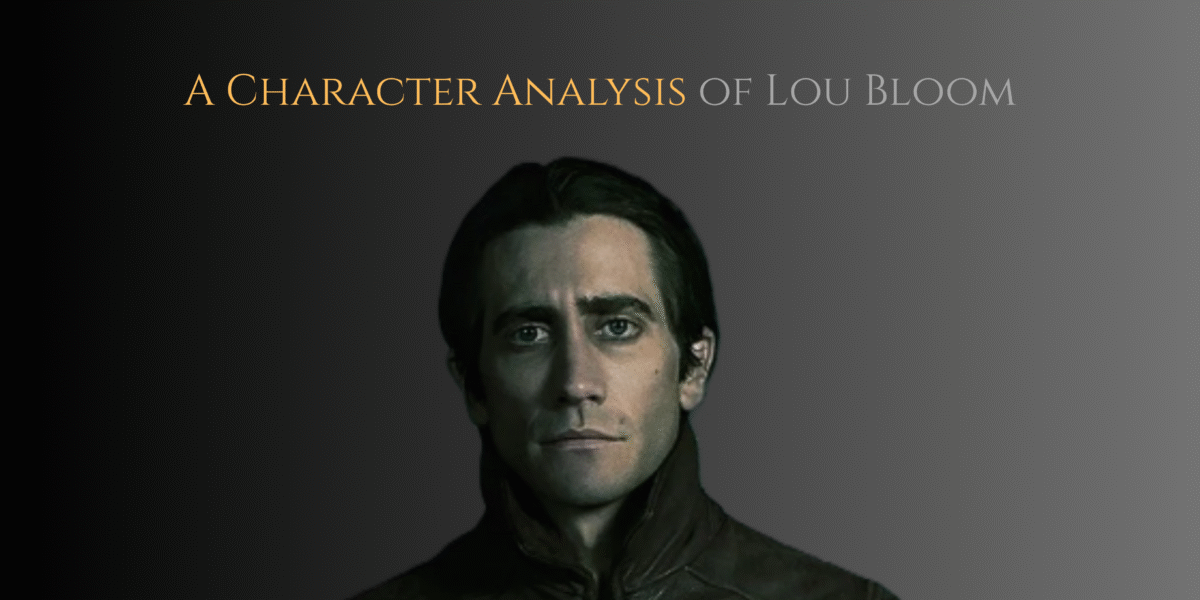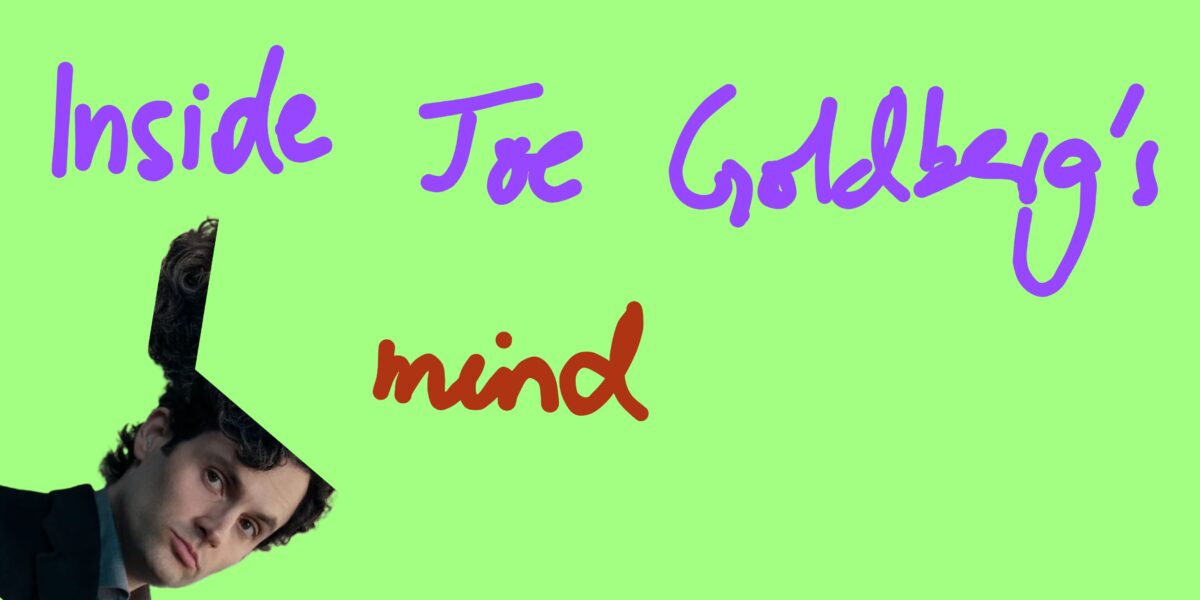Peaky Blinders is a British crime drama that first aired in September 2013 and concluded in April 2022, spanning six seasons and following the rise of the Shelby family from street bookmakers to political power brokers in early 20th-century Birmingham. Across its nine-year run, the series became known for its striking cinematography and historical atmosphere. […]










